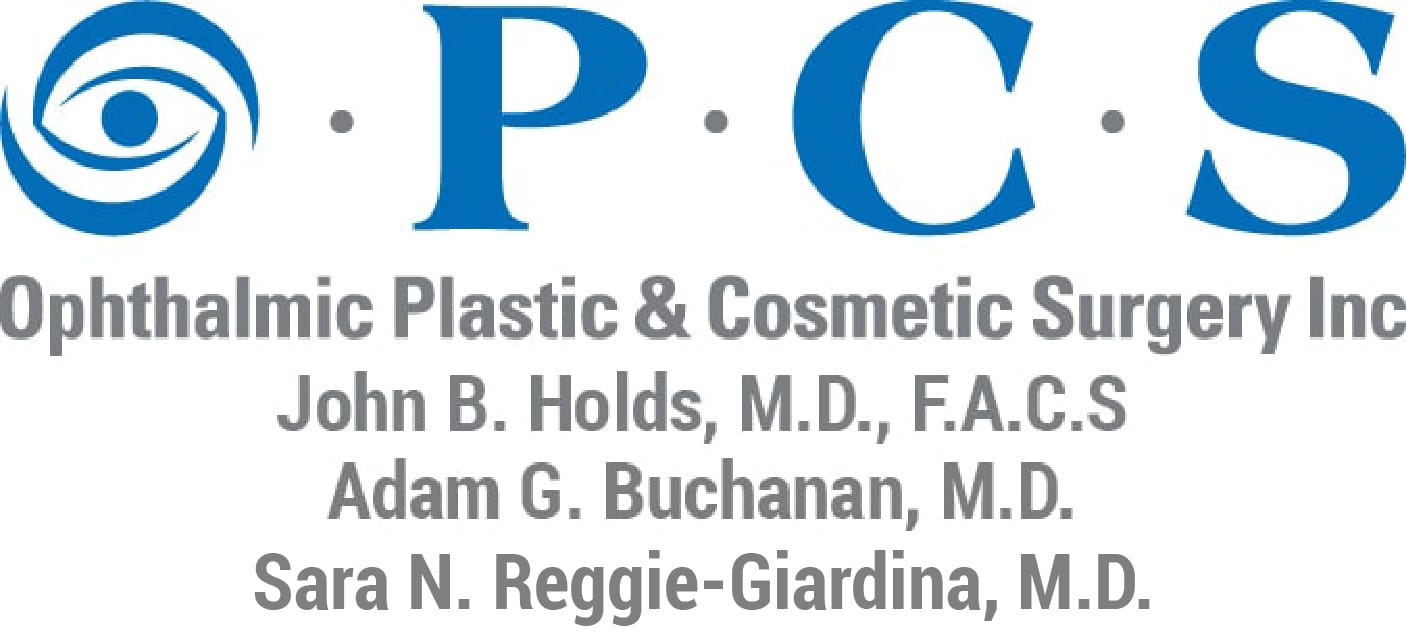Loss of an Eye in St. Louis, MO
What is Artificial Eye Surgery?

When an eye has been badly damaged due to injury or disease such as severe glaucoma or cancer, the ophthalmologist may recommend replacement with an artificial eye. The surgical procedure usually involves the removal of the entire eye globe. This is called enucleation. Artificial eye surgery involves the placement of a small device called a conformer. This device maintains the natural, rounded shape of the eyelid until the custom-made artificial eye is ready for placement.
Why Is A Prosthetic Eye Needed?
The purpose of inserting a prosthetic eye is to retain the most natural-looking facial appearance. The artificial eye can prevent facial malformation caused by a lack of structure within the ocular orbit, and can also prevent discomfort resulting from the loss of the eye.
When Can I Get My Prosthetic Eye?
It is imperative that the ocularist measures the eye socket accurately. To do so, it is necessary to wait six to 10 weeks to see this specialist. After the eye socket has been properly measured via impressions or other techniques, it takes three to four months for the new eye to be ready and for the fully healed eye socket to be ready to accept it.
What Are Artificial Eyes Made Of?
People often refer to artificial eyes as glass eyes. Based on current technology, this would be inaccurate. Most artificial eyes are made using polymethyl methacrylate (PMMA), an acrylic plastic polymer. PMMA is an excellent alternative to the antiquated glass eye because it is lightweight and shatter-resistant, though it looks very much like glass in terms of sheen.
How Long Do Artificial Eyes usually Last?
The acrylic that is used to make artificial eyes is very durable and can last many years with good care. Replacing an artificial eye is more about age-related changes to the eye socket. Over time, the eye socket may lose some degree of firmness and elasticity. This can affect the fit of the artificial eye. If the device does not fit well, there may be an increased risk of dry eye, drainage from the socket, and infections in the socket. The acrylic prosthesis may also develop scratches over time due to simple wear and tear. Regular professional polishing is effective at removing superficial scratches. If deep scratches have occurred, the artificial eye may need to be replaced.
What Are My Options For Purchasing A Prosthetic Eye??
Your prosthetic eye should be customized to fit well within your eye socket. The doctor may recommend one or more local ocularists who have the necessary training, licensing, and technical skill to fabricate an artificial eye that fits well and also looks very similar to your remaining eye.
Can Artificial Eyes Move?
When inserting the artificial eye, the doctor may perform a technique to attach it to a structure within the eye socket. The first choice is to attach the implant to the muscles within the eye socket that operated the natural eye. In doing this, the artificial eye will track objects as directed by the remaining eye. The prosthetic may be somewhat limited in its degree of movement compared to the natural eye but looks much more natural than an eye that lacks any movement. Another way that doctors may facilitate natural-looking ocular movement is to insert a tiny peg into the implant beneath the painted area of the artificial eye. The method that is used to allow movement is discussed based on the type of implant that is most appropriate for the patient.
How Do I Care For My Prosthetic Eye?
The artificial eye should be cleaned periodically to prevent discomfort in the eye socket. The doctor or ocularist may recommend cleaning the device every three weeks. Some patients may extend this time and some may wish to clean their artificial eye more frequently to maintain optimal comfort. When cleaning, patients must first wash their hands thoroughly. This is necessary because the prosthesis is cleaned using the fingers and warm water. A very mild soap may be used but usually is not necessary. Soap may cause irritation to the eye socket so should be used sparingly if at all. The cleaned prosthesis should be allowed to air dry before insertion. While regular cleaning can prevent the buildup of protein deposits and debris, most people have their artificial eyes professionally polished every year. This professional cleaning, performed by an ocularist, helps reduce the risk of bacterial infiltration in the eye. Children will need to receive professional cleanings more frequently, some as often as every three months.
Will Insurance Cover My Prosthetic Eye?
Many medical insurance plans cover at least some of the costs of artificial eye treatment. Patients are encouraged to contact their insurance company directly for a detailed explanation of their benefits.
Are There any Risks to Anophthalmos Surgery?
Anophthalmia is when a baby is born without one or both of their eyes. Surgery may involve various reconstructive techniques depending on the goals and age of the patient. In pediatric cases, surgery may be performed to facilitate optimal facial development. In adults, anophthalmos surgery may involve techniques that improve the function and appearance of the tissue around the eye. Surgical treatments must be performed by a highly trained, board-certified specialist who is extremely familiar with the structures around the eye and eye socket. Risks of surgery typically include infection, anesthesia risks, bleeding, poor healing, and poor aesthetic outcome. During your consultation, ask your surgeon how they manage their procedure to reduce risks and what protocols are in place in the event of a complication during or after surgery. Clear communication with your surgeon is one of the best ways to understand the risks associated with your case and how to reduce them.
Is Anophthalmos Painful?
The congenital condition of being born without one or both eyes occurs due to inefficient development. Infants born with Anophthalmia do not experience pain because the structures and nerves related to the eyes do not fully develop, if at all. The primary effects of the birth defect are blindness and visible eye deformity.
What Happens if Anophthalmos Goes Untreated?
Babies born with Anophthalmia should receive early and regular care. At least one specialist tends to be involved in the management of optimal eye development. Specialists who provide care to infants with this congenital condition may include an ophthalmologist, an ocularist, and an oculoplastic surgeon. Treatments that may be involved in the management of Anophthalmia include devices that help a baby’s face grow and develop, surgery, and interventional services that help the child learn and develop skills to live well without eyesight.
How Normal will My New Artificial Eye Look?
Artificial eyes are made of high-quality acrylics that mimic the appearance of the natural eye. These devices look very natural in how they reflect light and also in how they move. Movement is facilitated by the attachment of eye muscles to the implant.
Recovery from Artificial Eye Surgery
Dressings are applied to the eyes for about three days after each surgery, and you will be given antibiotics and anti-inflammatory/pain medications. Your dressings will be removed in about a week.
After your artificial eye surgery, you should return to our office annually for maintenance of the prosthetic. Salt and protein deposits collect over time and must be removed. You may not need to remove the eye yourself for cleaning, but you may find that regular use of eye drops is more comfortable for you, as artificial eyes can sometimes create a “dry eye” condition.
This surgery is very safe, but infection is the most common complication. This is why you will be automatically given antibiotics afterward.
Schedule a Consultation
Call our office today at 314-567-3567 for a consultation if you have suffered loss of an eye and wish to explore surgery for restoring your normal function and appearance.

